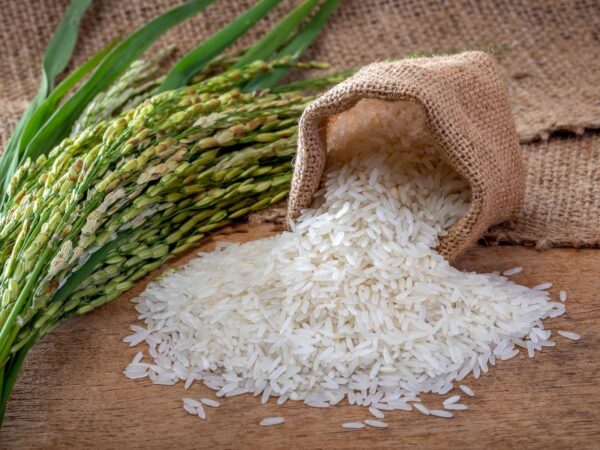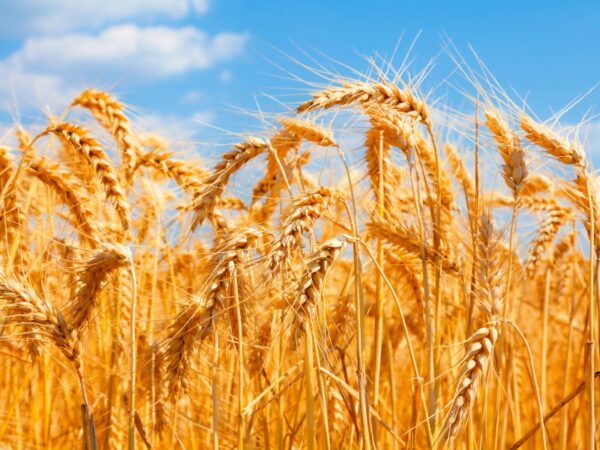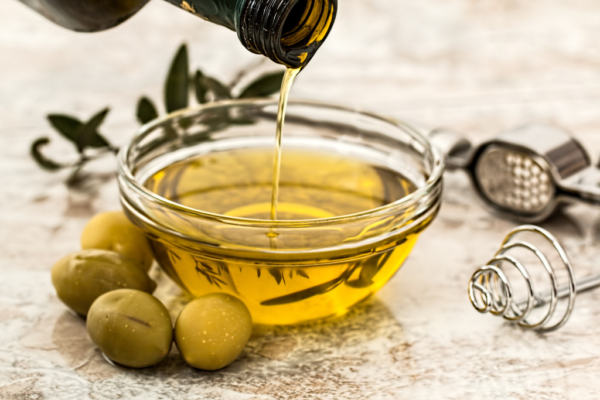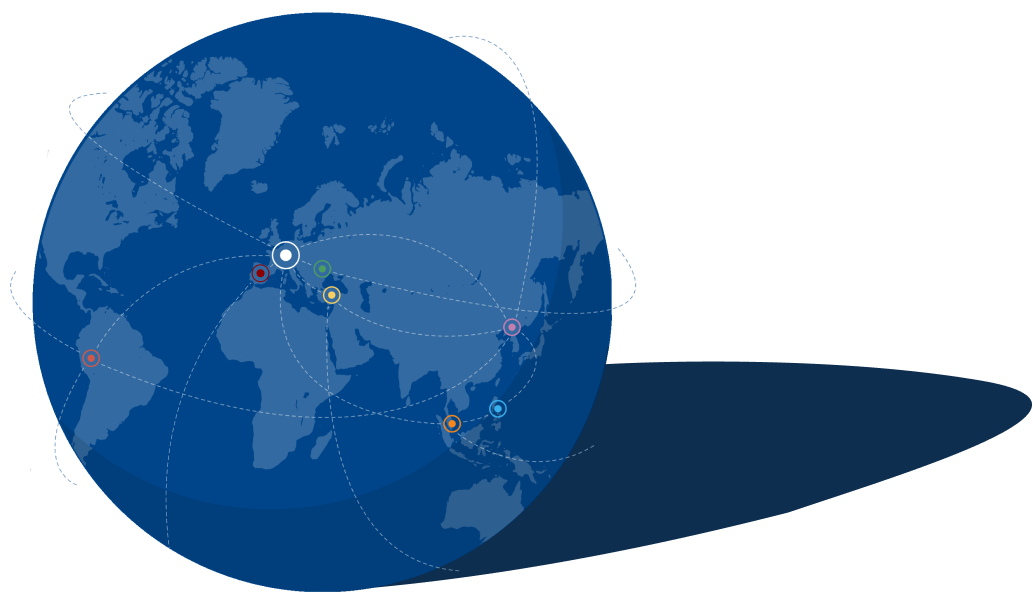Mercury

What is Mercury?
Mercury, designated by the symbol Hg in the periodic table and having the atomic number 80, is a shiny, silvery-white metal with the unique property of existing in liquid form at room temperature.
Mercury's Industrial Applications
This element has a long history of applications in different industries, including electrical equipment, thermometers, barometers, and fluorescent lights, as well as being used in dental amalgams.
Environmental Impact of Mercury
The element has a high degree of pollution which contaminates both soil and water.
Methylmercury and the Food Chain
Once in the water, certain organisms can metabolize the mercury into methylmercury, a highly toxic and bioaccumulative form of the element. Methylmercury can then enter the food chain through a process called biomagnification. Small aquatic organisms absorb the methylmercury from the water, and when larger fish consume these smaller organisms, the methylmercury accumulates in their tissues. Fish- and seafood are thus susceptible to mercury contamination, especially larger predatory fish like tuna, which tend to accumulate higher levels of this toxic metal due to their high position in the food chain.
Mercury's Health Implications
Mercury is known to be a potent neurotoxin and can cause severe health issues in humans, particularly affecting the nervous system, kidneys, and immune system. Prolonged exposure to even low levels of mercury can lead to developmental problems in children and neurological disorders in adults.
Regulation of Mercury Levels
This is why the European Union has set maximum levels for mercury in the EU Commission Regulation 2023/915 on maximum levels for certain contaminants in food.
This might also interest you
Parameters & Analytical Methods
-
State-of-the-Art Analysis
We constantly update our spectrum of parameters to the latest developments in the food analysis sector and offer state-of-the-art analytical methods for the safety of your products.
-
Comprehensive multi-methods
We are constantly expanding our range of services in order to be able to guarantee you a comprehensive range of analyses. We offer multi-methods for mycotoxins, dioxin analysis or molecular biological analysis for GMOs and allergens. The GALAB Pesticide500Plus® multi-method can even be used for difficult matrices such as spices and herbs.
-
Constant development
If you cannot find the parameter/analysis you are looking for here, please do not hesitate to contact us. Our research and development department implements your requirements and specifications cost-efficiently and with a high quality standard.
-
Quality Policy
GALAB Laboratories has implemented a quality management system to allow for optimum service for their customers. It is our goal to establish close relations to customers by customer satisfaction. Therefor quick reactions to customers’ specific needs as well as considerations for quality demands of the market are necessary. We strive to provide comprehensive and professional advice to our customers. Learn more
Get in touch, we will help you.






